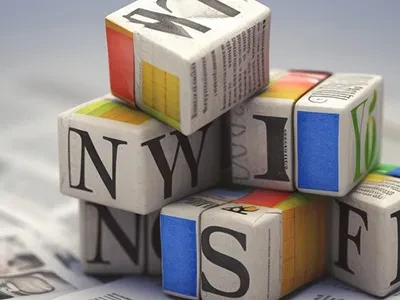
Choosing the Right Retroreflective Sheeting: RA1 vs RA2 vs RA3
When it comes to road safety, visibility is everything-especially at night or in poor weather. That's where retroreflective sheeting plays a vital role. But not all reflective materials are created equal. In Europe and many other regions, retroreflective sheeting is classified into three main categories: RA1, RA2, and RA3.
Understanding the differences between these classes will help traffic sign manufacturers, construction firms, and procurement officers choose the right material for their specific application.

1. What Is Retro reflective Sheeting?
Retroreflective sheeting is a material designed to reflect light back to its source-usually headlights-making road signs, barriers, and markings visible in low-light conditions. The performance of this material is measured in RA values (coefficient of retroreflection, cd/lx/m²).
2. Overview of RA Classifications
| RA Class | Retroreflectivity Range (cd/lx/m²) | Common Type Name | Typical Use |
|---|---|---|---|
| RA1 | 50–90 | Engineering Grade | Temporary signs, low-speed urban roads |
| RA2 | 100–250 | High-Intensity Prismatic | Regulatory signs, highways, construction zones |
| RA3 | >300 | Diamond Grade or VIP | Critical signs, expressways, overhead signage |
3. RA1: Engineering Grade Reflectivity
Material Structure: Glass bead technology
Visibility Range: Up to ~150 meters
Durability: 3–5 years
Best for: Temporary signs, parking lot signage, and city streets with moderate traffic.
RA1 is cost-effective and lightweight, but has the lowest retroreflective power among the three classes. It is not recommended for high-speed areas.
4. RA2: High-Intensity Prismatic Sheeting
Material Structure: Microprismatic lenses
Visibility Range: Up to ~250 meters
Durability: 7–10 years
Best for: Permanent road signs on urban highways, regulatory and construction signage.
RA2 offers a strong balance between performance and price, and is widely used under EN 12899-1 for RA2-compliant fixed signs.
5. RA3: Diamond Grade Reflectivity
Material Structure: Full cube-corner prismatic optics
Visibility Range: Over 300 meters
Durability: 10–12+ years
Best for: Expressways, tunnels, large guide signs, and critical warning signs.
RA3 sheeting provides the highest level of visibility and durability. Although more expensive, it's essential for areas where driver reaction time is limited.
6. Standards and Certifications
In Europe, EN 12899-1 defines the minimum RA values and testing procedures. Each RA level must also meet chromaticity, weathering, and adhesion criteria.
Retroreflective materials used in road signage should also carry:
CE Marking
ETA Certification (European Technical Assessment)
Manufacturer traceability codes
7. How to Choose the Right RA Level?
Ask yourself:
Is the sign temporary or permanent?
What is the typical vehicle speed in the area?
What level of visibility is needed?
What is the lifespan expectation?
Pro tip: Combine RA level with proper sign design, illumination, and placement to maximize safety.
Conclusion
Choosing the right reflective sheeting isn't just about cost-it's about visibility, safety, and long-term performance. Whether it's an RA1 temporary sign or a long-lasting RA3 highway marker, selecting the appropriate grade ensures compliance and protects road users.





